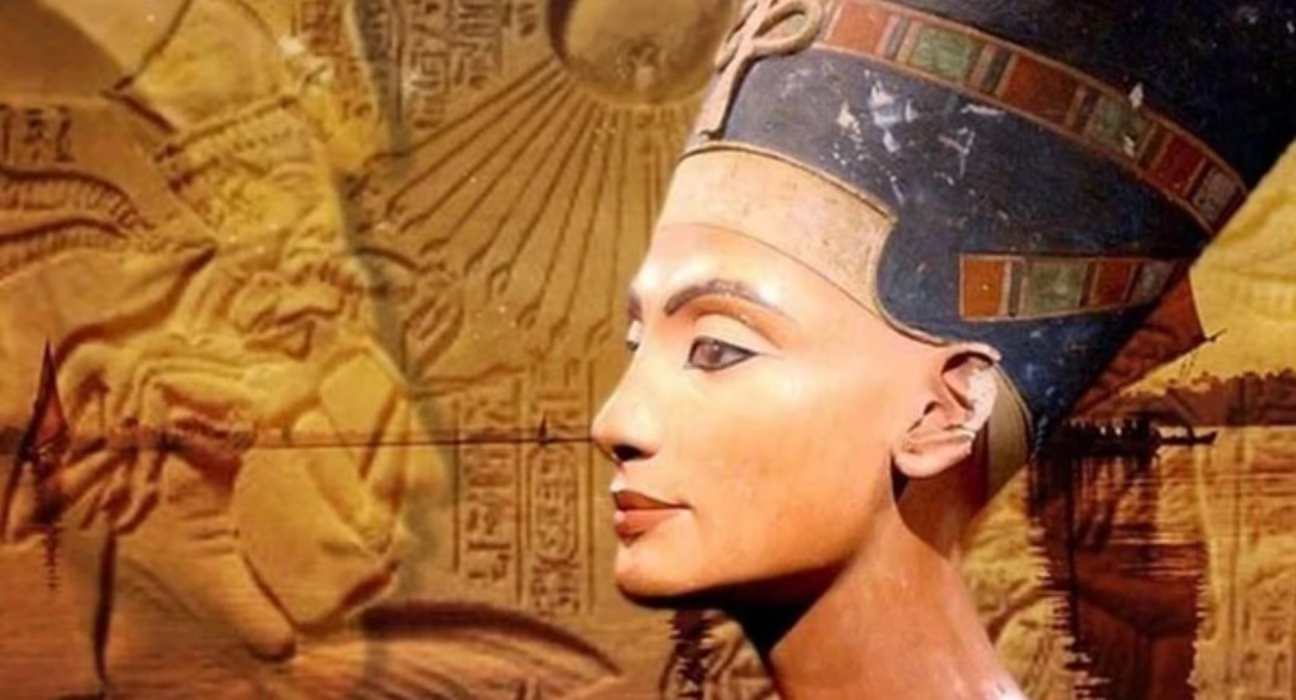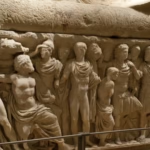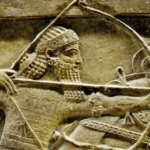Ancient Egyptian sculpture is a fascinating journey into the heart of one of history’s most enduring civilizations. This art form embodies the beliefs, values, and aspirations of a society that revered the divine and immortalized its leaders in stone. From majestic statues of pharaohs to intricate carvings of deities, the artistic prowess of ancient Egypt continues to resonate through time, offering us glimpses into a world steeped in spirituality and grandeur.
Overview of Ancient Egyptian Sculpture
The scope and significance of Ancient Egyptian sculpture are profound. It is not merely an aesthetic endeavor; it represents a complex interplay of religion, politics, and culture that defines this ancient civilization. Sculptures were meticulously crafted to convey messages of power, beauty, and eternity—elements central to Egyptian society. The artistry demonstrates not just technical skill but also the deep-seated belief in an afterlife where these representations would serve a greater purpose.
Historical Context and Development

The evolution of Ancient Egyptian sculpture is inextricably linked to the historical timeline of Egypt itself. Each period brought its unique styles and techniques, reflecting changes in societal values and artistic preferences.
Predynastic to Early Dynastic Periods
The origins of Egyptian sculpture can be traced back to the Predynastic period when rudimentary figures were created for ritualistic purposes. These early sculptures often represented fertility and the human form in simplistic designs.
As we moved into the Early Dynastic period, the emergence of more defined religious practices led to the creation of tomb sculptures meant to honor the deceased. These early works reflected a growing sophistication in both technique and materials, laying the groundwork for the grandeur that would follow.
The Middle Kingdom and Artistic Flourishing
During the Middle Kingdom, there was a marked increase in artistic exploration. Sculptors began experimenting with new forms and subjects, including more realistic depictions of everyday life and advancements in depicting human anatomy.
This period also saw a rise in private tombs adorned with personal statues, representing individual achievements and status. Additionally, the expansion of trade routes contributed to the diversification of materials used, enriching the sculptural landscape.
The New Kingdom: A Golden Age
The New Kingdom represents the pinnacle of Ancient Egyptian sculpture. Pharaohs such as Ramses II commissioned monumental statues and elaborate temple reliefs that celebrated their reign and connection to the divine.
Artisans mastered techniques that allowed for the portrayal of intricate details, capturing the essence and majesty of their subjects. Temples became canvases for grand narratives, showcasing gods, goddesses, and significant historical events. This era’s sculptures continue to awe modern audiences with their scale and craftsmanship.
Iconography and Symbolism

Understanding the symbolism behind Ancient Egyptian sculpture provides valuable insights into the values and beliefs of the civilization. Every detail in a sculpture—from posture to attire—was infused with meaning.
Divine Representation
Deities played a crucial role in Egyptian culture, and sculptures of gods and goddesses were created to invoke their presence. The use of specific iconography, such as animal heads or distinct postures, allowed artists to convey the qualities attributed to each deity.
For instance, the lioness-headed goddess Sekhmet symbolized power and protection, while Osiris, depicted as a mummified figure, represented resurrection and the afterlife. These representations served both spiritual and practical functions, acting as intermediaries between the earthly realm and the divine.
Pharaonic Symbolism
Pharaoh sculptures were designed to project eternal authority. Statues of pharaohs often portrayed them in a way that emphasized their strength and divine right to rule.
The traditional pose of the seated or standing pharaoh, with arms crossed over the chest, symbolizes stability and control. The meticulous attention to proportion and detail reinforced the idea of the pharaoh as a god on earth, ensuring their legacy would endure beyond death.
Everyday Life and Social Structures
While much of the focus of Ancient Egyptian sculpture lies on the divine and royal, depictions of everyday life reveal important aspects of social structures and daily activities. Relief carvings in tombs often illustrated scenes of farming, fishing, and feasting.
These representations provided not only a glimpse into the customs of the time but also served as offerings to ensure continued prosperity in the afterlife. By immortalizing these moments, artisans paid homage to the very fabric of Egyptian society.
Techniques and Materials in Sculpture

The technical mastery of Ancient Egyptian sculpture involved the use of various materials, each chosen not just for availability but also for its symbolic resonance.
Stone and Hard Materials
Stone played a pivotal role in ancient sculpting, with limestone, granite, and sandstone among the most commonly used materials. Marble was less prevalent due to its scarcity but was occasionally employed to create exquisite pieces.
Granite, particularly, was associated with durability and strength, making it ideal for temples and monumental statues. The process required immense skill, as artisans had to extract blocks from quarries, transport them, and then shape them using copper tools.
Wood and Lesser Materials
Wood, although less enduring than stone, was often used for smaller statues and ritual objects. The use of wood allowed for greater flexibility in style and portability, as these sculptures could be easily moved within temples or homes.
Additionally, the choice of wood species also held cultural significance. For instance, sycamore was considered sacred and often used in the creation of divine figures, while cedar was valued for its aromatic properties and durability.
The Craftsmanship Process
Creating Ancient Egyptian sculpture was a labor-intensive process that demanded precision and patience. Artisans often worked collaboratively, with different specialists focusing on specific aspects of the piece.
The initial stages involved sketching designs on the stone surface, followed by rough carving to outline the basic shape. Subsequent refinements included detailing facial features and textures, culminating in the polishing phase, which gave the sculpture its final luster. This meticulous approach ensured that each piece resonated with the cultural and spiritual ethos of the time.
Cultural Impact and Influence
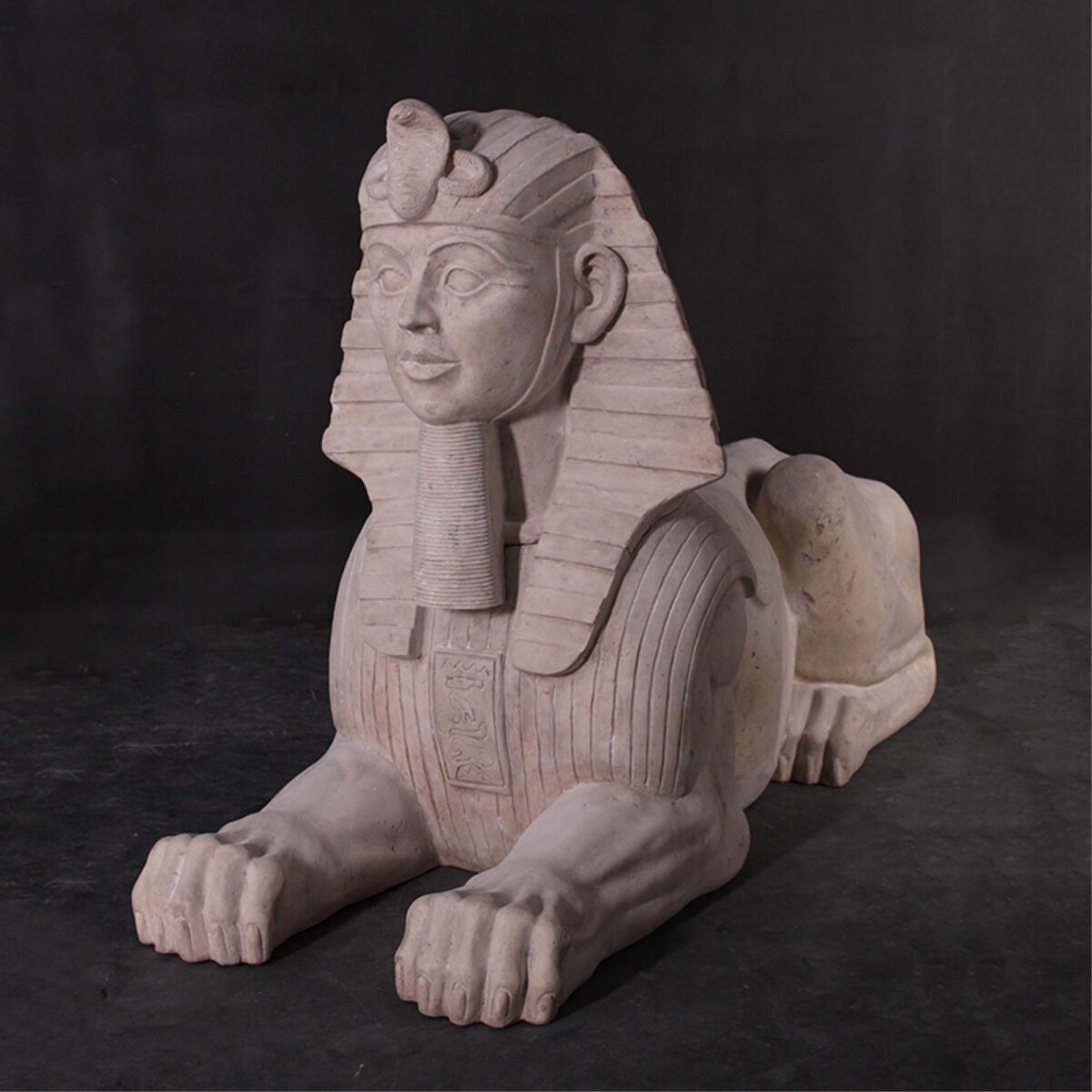
The influence of Ancient Egyptian sculpture extends far beyond its geographical boundaries, shaping artistic movements and cultural expressions throughout history.
Cross-Cultural Exchanges
Throughout history, the splendor of Egyptian art attracted the attention of neighboring cultures. As a result, elements of Egyptian sculpture found their way into Mediterranean and Near Eastern art forms.
Trade routes opened up channels for artistic exchange, leading to a blending of styles and techniques. The adoption and adaptation of Egyptian motifs showcased the universal appeal of its artistic language, influencing a myriad of cultures.
Revival in Modern Art
The fascination with Ancient Egyptian sculpture reached a peak during the 19th century as archaeological discoveries unveiled long-hidden treasures. This revival inspired a wave of neoclassical art, where artists sought to emulate ancient forms and themes.
Exhibitions featuring Egyptian artifacts fueled public interest, leading to a deeper appreciation for the sophistication of ancient artisans. Contemporary artists continue to draw inspiration from these timeless sculptures, exploring themes of immortality and identity.
Lasting Legacy in Contemporary Culture
The enduring legacy of Ancient Egyptian sculpture is evident in modern media, fashion, and art. The distinctive styles and motifs have been adopted in various contexts, from Hollywood films to high fashion design.
The imagery of pharaohs and deities serves as a point of reference for exploring contemporary themes of power and spirituality. Whether in a museum or popular culture, Egyptian sculpture remains a touchstone for understanding humanity’s quest for meaning across ages.
Conclusion
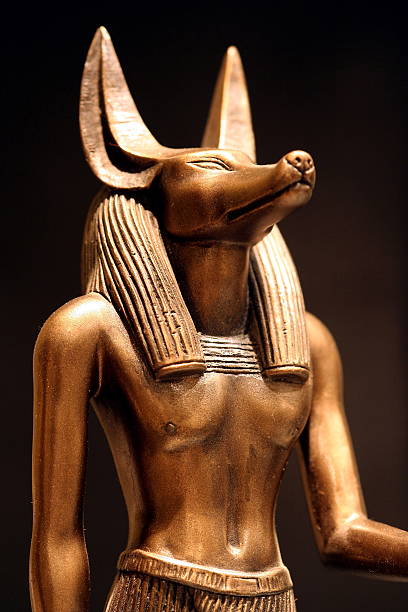
In conclusion, Ancient Egyptian sculpture stands as a testament to the creativity and ingenuity of a civilization that sought to understand and represent the divine. Through stone and wood, artisans crafted not only beautiful objects but also meaningful narratives that connected their society to the spiritual realm. Their work transcended the physical realm, creating a bridge to eternity that still captivates our imagination. The legacies of these ancient sculptures remind us of the vibrant tapestry of human experience and the unyielding desire to leave a mark on the world.
✉️ Stay Connected — Subscribe for Weekly Updates
Discover timeless stories, practical wisdom, and beautiful culture — delivered straight to your inbox.
*We only share valuable insights — no spam, ever.




